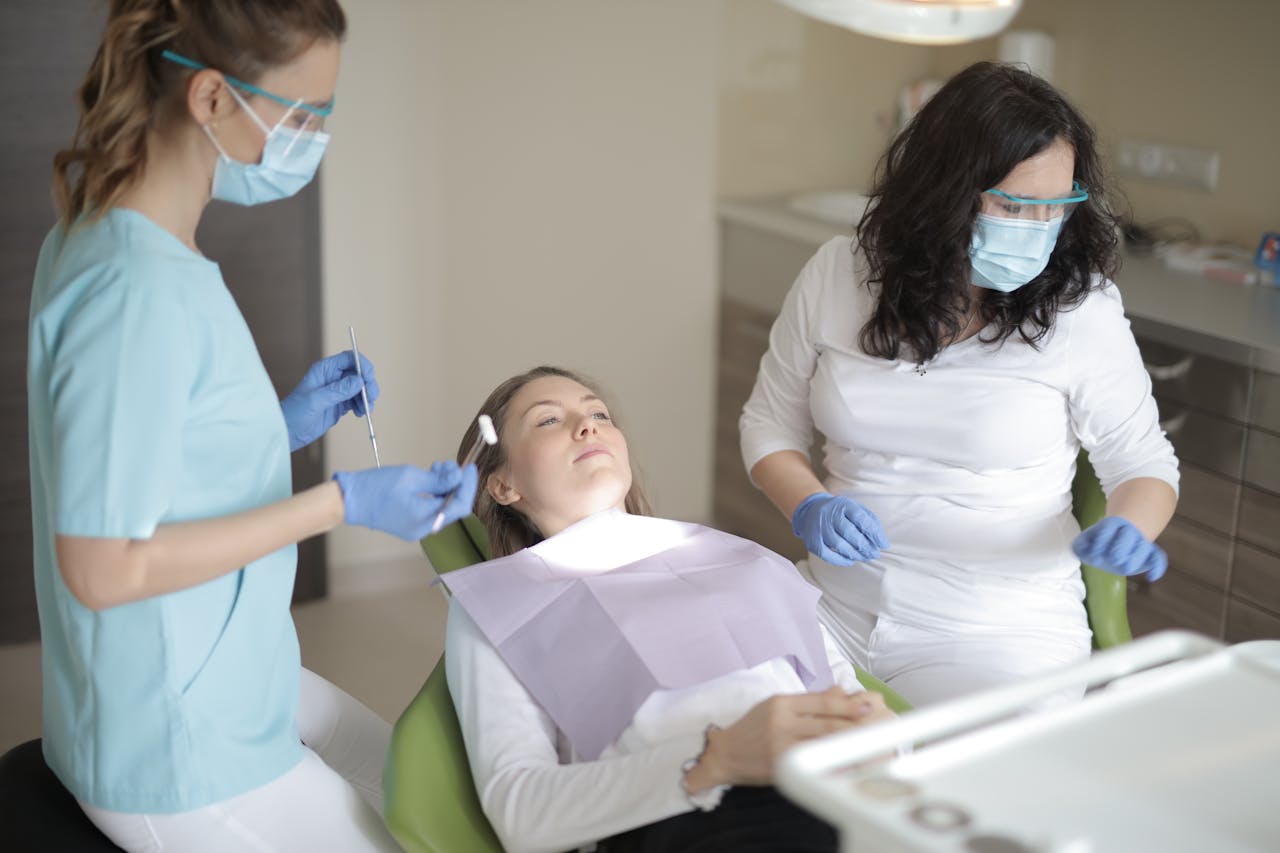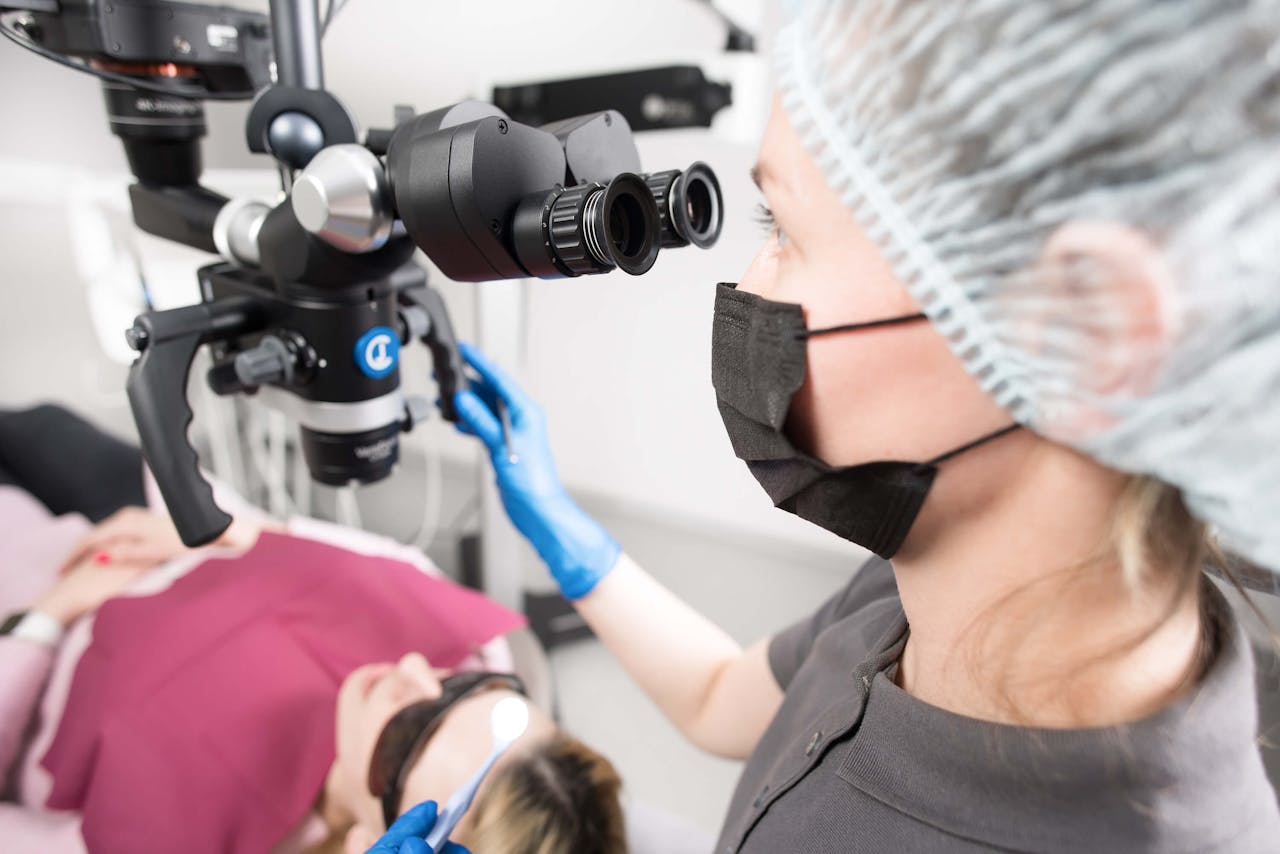How to Avoid Knee Pain in Old Age: Practical Tips for Maintaining Healthy Joints
Knee pain is a common issue as people age, often resulting from years of wear and tear on the joints. However, there are steps you can take to maintain healthy knees and minimize the risk of knee pain in old age. In this article, we will explore practical tips and strategies for preventing knee pain and keeping your joints healthy as you grow older.
1. Maintain a Healthy Weight
Carrying excess weight puts additional stress on your knees, increasing the risk of joint pain and damage. Maintaining a healthy weight can significantly reduce the pressure on your knees and help prevent pain. Here are some tips for managing your weight:
- Eat a balanced diet: Focus on nutrient-dense foods such as fruits, vegetables, whole grains, and lean proteins.
- Limit sugary and high-calorie foods: Reduce your intake of foods and drinks that are high in sugar and empty calories.
- Stay active: Engage in regular physical activity to help control your weight and strengthen your muscles.
2. Exercise Regularly
Regular exercise is essential for maintaining healthy knees and preventing pain. Focus on low-impact activities that strengthen the muscles around your knees and improve flexibility:
- Walking: Walking is a gentle exercise that can improve joint mobility and strengthen your leg muscles.
- Swimming and water aerobics: These activities offer resistance without putting stress on your knees.
- Cycling: Riding a stationary or regular bike can help build leg muscles and support joint health.
3. Strengthen the Muscles Around Your Knees
Strong muscles around your knees provide stability and support, reducing the risk of injury and pain. Incorporate exercises that target your quadriceps, hamstrings, and calves:
- Leg raises: Perform seated or lying leg raises to strengthen your quadriceps.
- Hamstring curls: Use a resistance band or exercise ball to work your hamstrings.
- Calf raises: Stand on a flat surface or step and raise your heels to strengthen your calves.
4. Improve Flexibility
Flexibility exercises help maintain joint mobility and reduce the risk of knee pain. Incorporate stretching and yoga into your routine:
- Hamstring stretch: Sit on the floor with your legs straight, and gently stretch your hamstrings.
- Quadriceps stretch: Stand on one leg, bend the other knee, and hold your ankle to stretch your quadriceps.
- Yoga: Practice yoga poses that focus on stretching the muscles around your knees.
5. Use Proper Footwear
Wearing supportive and comfortable footwear can help reduce stress on your knees and promote proper alignment:
- Choose supportive shoes: Look for shoes with good arch support and cushioning to absorb shock and protect your knees.
- Replace worn-out shoes: Over time, shoes lose their support and cushioning, so replace them regularly to maintain proper support.
6. Avoid High-Impact Activities
High-impact activities can strain your knees and increase the risk of injury. Opt for low-impact alternatives such as walking, swimming, or cycling.
7. Protect Your Knees from Injury
Taking preventive measures to avoid knee injuries can help you maintain healthy joints:
- Warm up before exercise: Always warm up with gentle movements to prepare your muscles and joints for activity.
- Use proper form: Maintain proper form during exercise to avoid straining your knees.
- Avoid sudden movements: Be mindful of quick turns or changes in direction that can put stress on your knees.
Conclusion
Avoiding knee pain in old age requires a proactive approach to joint health. By maintaining a healthy weight, exercising regularly, strengthening the muscles around your knees, and using proper footwear, you can keep your knees healthy and reduce the risk of pain. Incorporate flexibility exercises and protect your knees from injury to ensure long-term joint health and mobility. By taking these preventive measures, you can enjoy a pain-free and active lifestyle as you age.…



